Complex dental implant cases usually require longer turnaround times because multiple variables—not only the surgery—affect the schedule. Patient biology, surgical complexity, lab workflow, and external factors all influence how fast or slow a case can progress. For clinics and procurement teams, understanding these drivers is critical to setting realistic delivery expectations.
- Patient biology: systemic health, bone density, and healing speed determine when impressions can be taken.
- Surgical complexity: invasive procedures, infection risks, and restoration type extend timelines before lab work begins.
- Laboratory workflow: impression accuracy, communication quality, and production capacity directly shape predictability.
- External factors: insurance approval, patient compliance, and supply chain stability can shorten or delay completion.
By analyzing these dimensions together, clinicians and labs can forecast timelines more accurately and reduce uncertainty. When overseas dental labs and clinics align through digital workflows and clear communication, complex implant cases move forward with greater predictability, lower remake rates, and more consistent outcomes.
How patient health and biology influence treatment timelines
Patient health and biological factors strongly shape how long complex implant cases take from surgery to restoration. Healing speed is not uniform—it varies with systemic conditions, bone density, and lifestyle choices. Recognizing these differences allows clinics and labs to set realistic delivery expectations instead of assuming a fixed schedule.
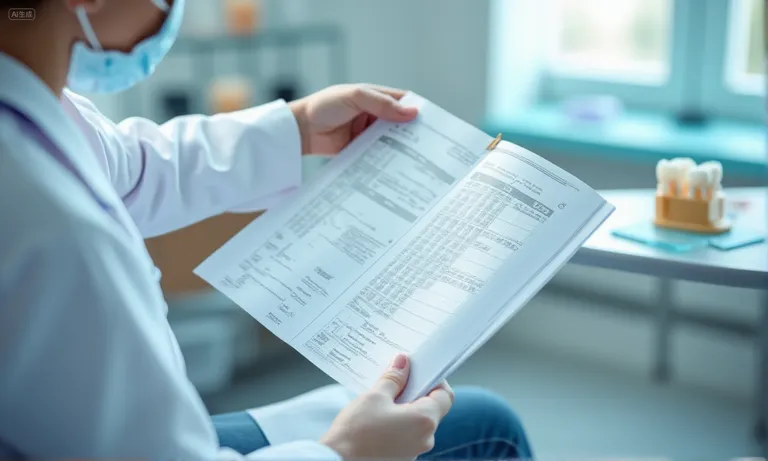
patient-health-impact-dental-implant-timeline
Overall health conditions and healing speed
Systemic conditions such as diabetes, cardiovascular disease, or immune disorders often slow tissue repair. For example, osseointegration may take four months in a healthy patient but closer to six in someone with diabetes. These delays mean the lab receives impressions later, directly pushing back restoration timelines.
Bone quality, grafting needs, and integration time
Bone density classification is a major predictor of implant stability. Lekholm and Zarb’s bone quality classification shows that dense anterior mandible bone heals more quickly than softer posterior maxilla bone. If grafting is required, additional months of healing are necessary before impressions can be taken. For labs, this shifts when crown design and production can start.
Age and lifestyle factors such as smoking
Older patients often experience slower osseointegration due to reduced bone metabolism. Lifestyle risks like smoking further compromise blood supply and healing, raising the likelihood of complications or delays. Clinics may extend healing phases for these patients before transferring case data to the lab, creating variability in schedules.
For overseas dental labs like Raytops Dental Lab, awareness of these patient-related constraints ensures better capacity planning and more honest delivery commitments. By factoring in biology-driven delays, labs can maintain credibility with clinicians while staying flexible in production scheduling.
How surgical complexity affects lab schedules
The more complex the surgical procedure, the later a case can be passed to the lab for restorative work. Longer healing, infection control delays, and restoration design complexity all shift when impressions or scans reach the laboratory, making surgical factors one of the strongest predictors of turnaround time.
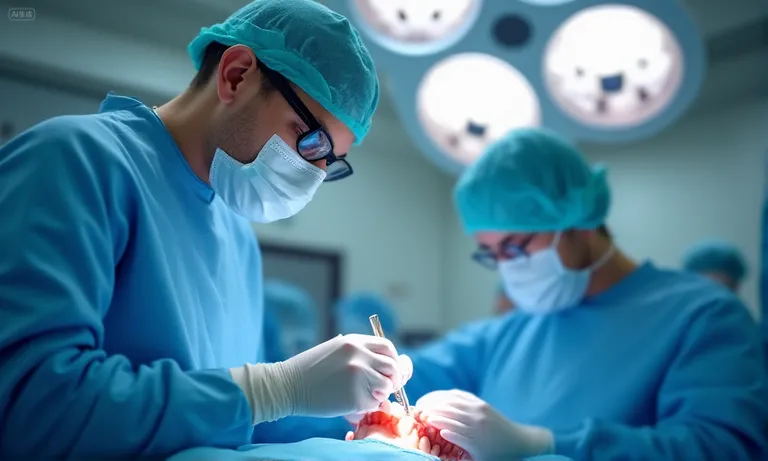
surgical-complexity-impact-lab-schedule
Invasive procedures and extended healing requirements
Complex surgeries such as sinus lifts, ridge augmentation, or full-arch placements require months of additional healing. A single implant in dense bone may be ready for impressions after four months, but grafted or multi-unit cases can extend to eight months or more. Until these sites are stable, the lab cannot begin production, and the schedule expands proportionally with the invasiveness of the procedure.
Infection control and delayed implant placement
- If post-extraction infection occurs, implant placement must be delayed until tissues heal fully.
- Extended antibiotic protocols can push the treatment window by several weeks.
- Soft-tissue inflammation often requires extra appointments before impressions are taken.
Each delay means the lab receives scans later, forcing restoration timelines to shift accordingly.
Restoration type and its fabrication complexity
| Restoration Type | Clinical Impact | Lab Impact on Turnaround |
|---|---|---|
| Single crown | Straightforward placement | Shorter design and milling cycle |
| Multi-unit bridge | Requires accurate occlusal adjustment | Additional CAD/CAM steps and verification |
| Full-arch restoration | Involves bite registration, try-ins, and esthetic testing | Multiple design iterations, longer production |
As outlined in the Journal of Prosthodontics review on restoration complexity, advanced prostheses inherently require more stages and coordination. For overseas dental labs like Raytops, staying aligned with surgical progress ensures design teams are prepared in advance and capacity is scheduled realistically, even when clinical complexity creates unavoidable delays.
How laboratory workflow and communication affect delivery predictability
The predictability of delivery timelines depends not only on clinical healing but also on how efficiently the laboratory receives data, processes it, and communicates back to the clinic. Precise impressions, clear information flow, and structured production capacity are the lab’s key levers to keep cases on schedule.
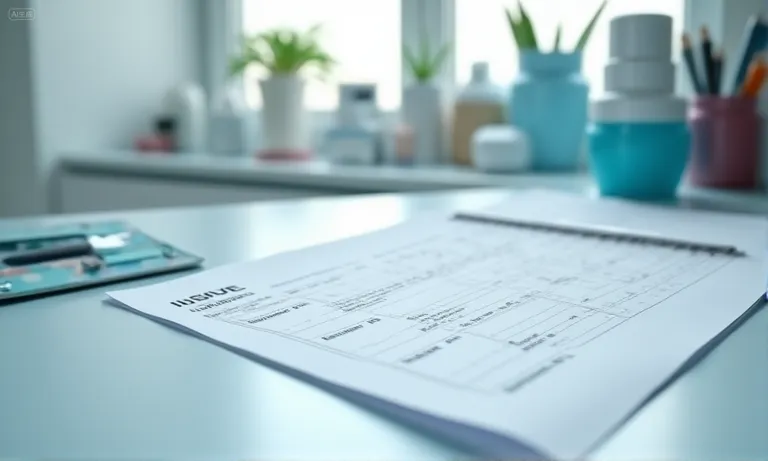
dental-lab-digital-workflow-team
Accuracy of impressions and digital scans
- Traditional impressions with distortions can force remakes, adding weeks to turnaround.
- Poorly captured intraoral scans may require rescanning, delaying case submission.
- Consistent use of validated scanning systems improves first-pass accuracy and reduces wasted lab time.
Industry comparisons, such as the Journal of Dentistry study on digital versus conventional impressions, confirm that high-quality digital data is strongly associated with faster and more predictable lab delivery.
Efficiency of communication between clinic and lab
When case instructions are incomplete or revisions arrive piecemeal, production stops and starts, extending delivery. In contrast, clinics that send detailed prescriptions, annotated images, or STL files upfront help labs move seamlessly into design and milling. From the lab perspective, every back-and-forth email represents potential delay; streamlined communication channels often save days per case.
Lab capacity, scheduling, and use of automation
| Factor | Impact on Predictability | Example |
|---|---|---|
| Technician availability | Bottlenecks when staff are overloaded | Peak season case delays |
| Scheduling system | Balanced allocation improves delivery consistency | Job-tracking software |
| Automation & CAD/CAM | Reduces manual error, accelerates production | Automated milling of zirconia frameworks |
While patient biology and surgical factors are beyond control, workflow and communication remain laboratory-managed domains. For overseas dental labs like Raytops, maintaining strict data accuracy checks, dedicated communication protocols, and investment in automation creates a delivery process that clinicians can rely on for consistency and predictability.
What external non-clinical factors can delay or speed up delivery time
Even when surgery and laboratory workflows are well managed, external non-clinical variables can shift delivery schedules. Insurance approvals, patient compliance, and supply chain stability all play important roles in how predictable or unpredictable a case timeline becomes.
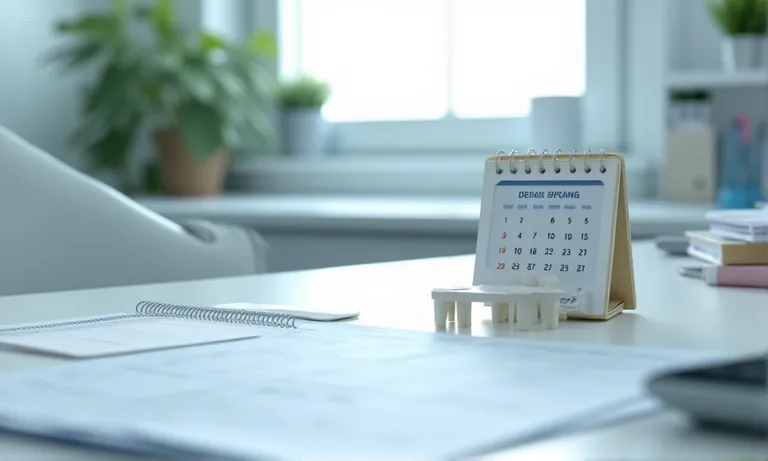
Image
ALT: external-factors-impact-dental-implant-delivery
Prompt: A highly realistic, ultra-detailed, professional-quality photo captured in a clean, well-lit environment. Materials must be photorealistic, and rendered with DSLR-level clarity. Lighting should be soft daylight or studio white light, avoiding cold or bluish clinical tones. A desk with dental insurance paperwork, a calendar marked with follow-up dates, and dental materials packaging in the background, soft focus.
Insurance approval and financial arrangements
Dental implant treatment is costly, and many cases cannot proceed until insurance companies confirm coverage or patients secure financing. Delays of several weeks are common, especially in regions with complex pre-authorization systems. Inconsistent payment timelines may stall case initiation, regardless of clinical readiness.
Patient compliance with hygiene and follow-up
- Missed follow-up appointments prolong healing verification.
- Poor oral hygiene increases the risk of peri-implantitis, delaying impression-taking.
- Patients who skip recall visits may need corrective procedures before restorative steps continue.
As noted in the International Journal of Implant Dentistry study on patient compliance, adherence to hygiene and recall schedules directly influences implant survival and the timing of restorative phases.
Supply chain stability and material availability
| Factor | Risk to Timeline | Impact |
|---|---|---|
| Imported materials | Customs delays | Extended wait for zirconia discs or abutments |
| Regional shortages | Limited inventory | Increased lead time for prosthetic components |
| Supplier reliability | Missed shipment dates | Production queues disrupted |
These non-clinical influences highlight that delivery predictability requires more than just medical and lab efficiency. For overseas dental labs like Raytops, strong material sourcing networks and transparent communication with clinics help minimize the impact of supply chain volatility and ensure realistic scheduling even when external factors are at play.
How to reduce turnaround time in complex implant cases
Complex implant cases can be completed more predictably when clinics and labs adopt digital tools, set clear communication standards, and align expectations early. These strategies reduce errors, shorten revision cycles, and create smoother collaboration across the treatment chain.
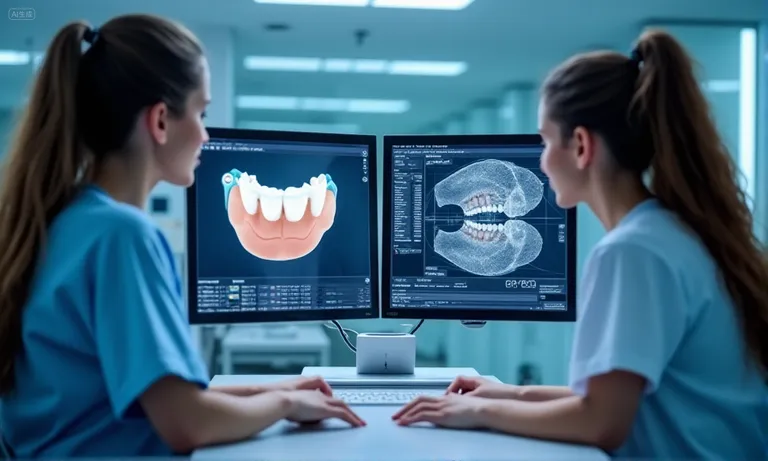
optimize-dental-implant-turnaround-time
Leveraging digital planning and CAD/CAM integration
- 3D treatment planning software shortens surgical preparation and reduces rework.
- CAD/CAM milling and 3D printing accelerate restoration production.
- Cloud-based file sharing reduces transit time for case approvals.
Evidence from the Journal of Prosthodontic Research on CAD/CAM adoption confirms that digital workflows improve both speed and reproducibility in implant cases.
Establishing clear clinic–lab communication protocols
- Define a standard template for case prescriptions and file submissions.
- Assign a single point of contact on both clinic and lab sides.
- Set agreed response times for revisions or queries.
- Use collaborative platforms rather than scattered email chains.
These steps reduce back-and-forth and ensure the lab can proceed without interruption.
Aligning patient and doctor expectations early in the case
When patients understand healing timelines and doctors provide clear staging plans, fewer surprises arise later. Unrealistic expectations often force last-minute adjustments, which ripple into lab scheduling. By setting transparent goals at the start, case flow remains steadier and handoffs to the lab occur on time.
Reducing turnaround time is ultimately about control over what can be standardized. For overseas dental labs like Raytops, digital integration, disciplined communication, and expectation alignment allow production teams to keep even complex implant cases on predictable schedules while maintaining quality.
Turnaround time in complex implant cases is shaped by many forces—patient biology, surgical complexity, lab workflow, and external factors. No single clinic or lab can eliminate every delay, but predictable outcomes come from understanding risks and standardizing what can be controlled. By adopting digital integration, disciplined communication, and transparent expectation-setting, clinicians and labs can reduce uncertainty and protect delivery schedules. For decision makers, partnering with an overseas dental lab that prioritizes workflow reliability and proactive collaboration—such as Raytops—means gaining a supply chain ally that helps keep complex cases on track without sacrificing quality.


